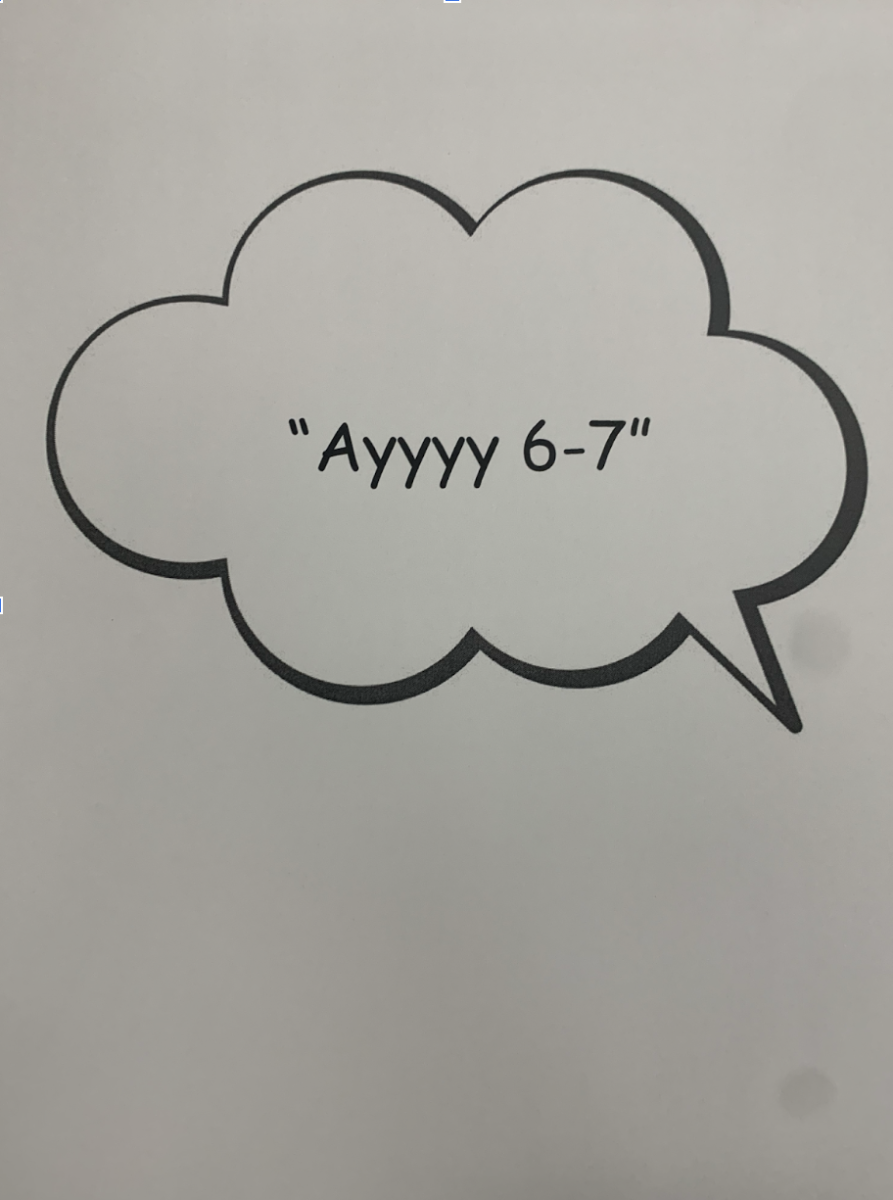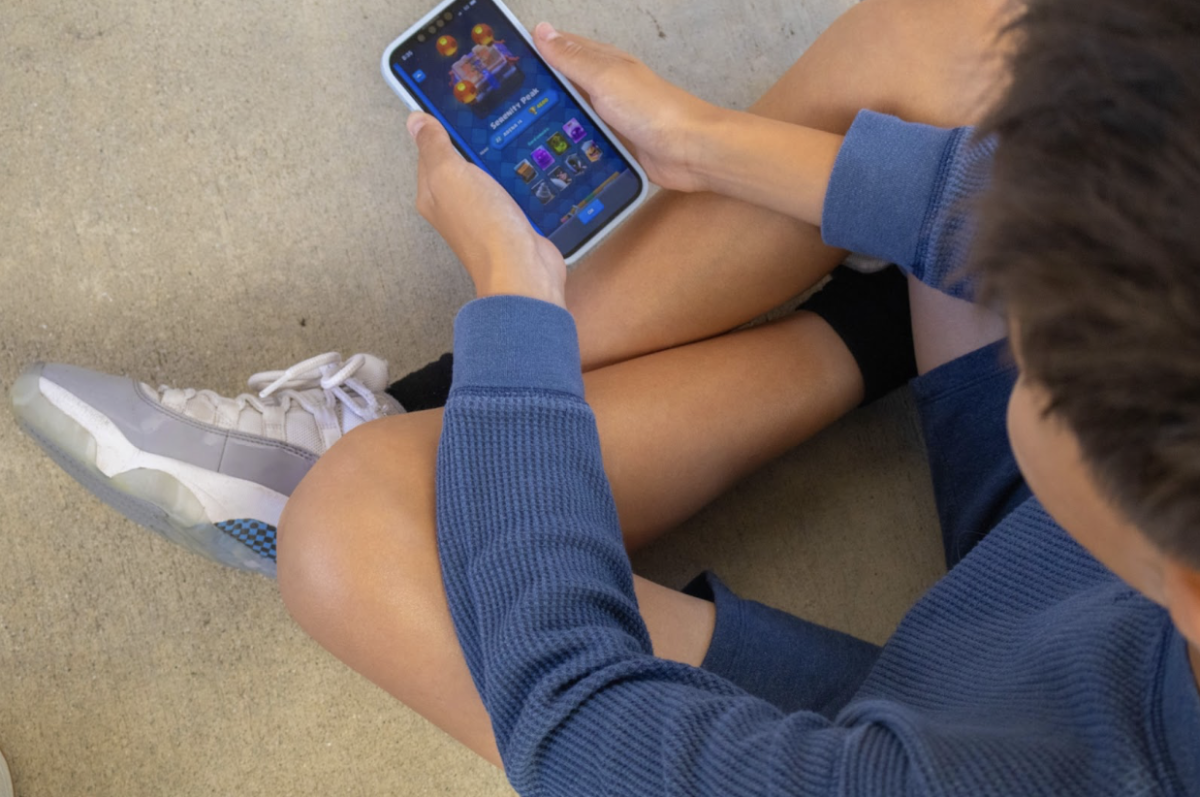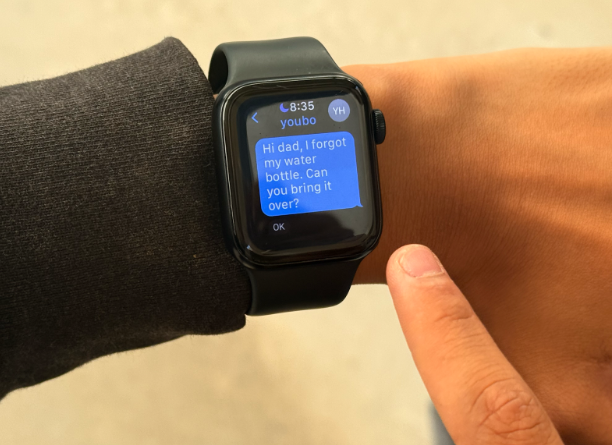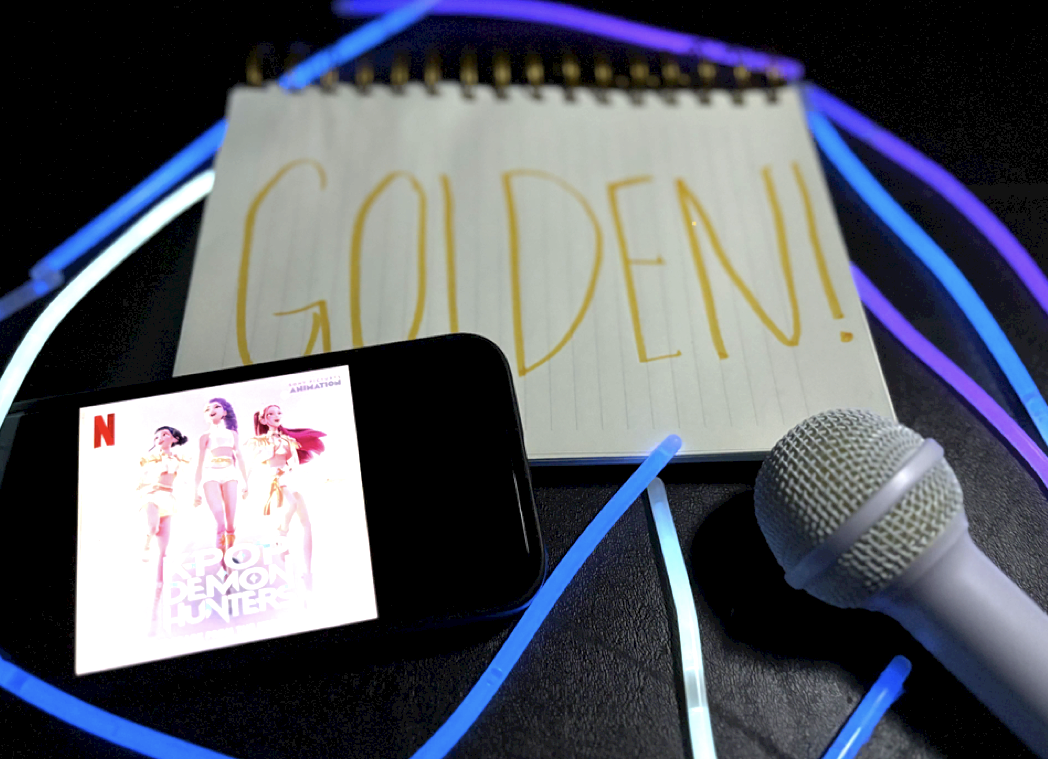In the ever-churning world of internet culture, a new number has taken the spotlight: 6-7. This viral sensation, born from a catchy song lyric, a charismatic YouTuber, and a basketball star’s towering height, has become the latest obsession for Gen Alpha and Gen Z. From classrooms to TikTok feeds, the “ayyy 6-7” chant is impossible to escape. But what exactly is 67, and why has it so easily captured the immaturity of teens everywhere?
The 6-7 craze traces its roots to the song “Doot Doot” by rapper Skrilla, now dubbed the “6-7 song.” The lyrics that started it all: “Bro put belt right to they behind, The way that switch brr, I know he dyin’, 6-7 (oh my God).” This infectious line caught fire online, but it was YouTuber Cam Wilder who poured fuel on the flames. In a viral video, Wilder featured young Maverick Trivillian, now famously known as “The 6-7 Kid,” shouting “ayyy 6-7” while flashing a signature hand gesture that’s become synonymous with the trend.
Adding to the cultural layers, some fans link 6-7 to NBA star LaMelo Ball, who stands exactly 6 feet 7 inches tall. “I think 6-7 came from the basketball player’s height because that’s who all the edits for 6-7 are about,” said 7th grader Alaina F.
Whether it’s the song, the gesture, or Ball’s stature, 67 has unfortunately woven itself into the fabric of internet culture.
If you’re a student, you’ve likely heard 6-7 echoing through the hallways. The number has become pretty disruptive and mildly annoying, especially when an unsuspecting teacher accidentally says “6-7” or “67” or anything even moderately related during a lesson. The result? Giggles, whispers, and sometimes a full-blown chant grind class to a halt.
“It’s kinda annoying when people just keep saying it over and over,” said 7th grader Brayden I.
Yet, the trend’s infectious nature makes it tough to resist, especially for Gen Alpha, who’ve embraced 6-7 as part of their “brainrot” lexicon, the term for the absurd, repetitive memes that dominate our Youtube world.
What sets 6-7 apart from past meme numbers is its evolving subculture. Teens have created “67 gang signs,” hand gestures forming the numbers 6 and 7, which are flashed in videos and real life with equal enthusiasm. Online, the term “67 Mason” has emerged to describe kids who embody the trend’s vibe: think ice cream-colored shorts, fluffy hair, and a love for baseball. These traits have become a kind of uniform for the 6-7 faithful, spreading through TikTok edits and Instagram reels.
“I found out about 6-7 by just listening around and hearing so many people say it,” said 7th grader Wesley R. Indeed, 67’s reach has tainted the planet, as kids around the world have embraced the stupidity. From school cafeterias to public parks, the chant and its accompanying gestures are a badge of belonging to our brilliant generation.
Meme numbers have a history of burning bright and fading fast, but 67 shows no signs of slowing down. Fueled by endless social media clips, classroom whispers, and the sheer joy of shouting “ayyy 6-7,” the trend continues to thrive. Yet, like all internet fads, its days may be reaching their demise.
“Maybe, with a bit of luck, we’ll get to a point where 67 fades out with the rest of the viral meme numbers,” Brayden I. said. But even if it does, the ghost of 6-7 will likely linger, with whispers of “ayyy 6-7” keeping its spirit alive in PE, on the bus and in our group chats.
In a world where trends come and go at lightning speed, 6-7 stands out. It’s an unfortunate movement, a shared joke, and a picture of the power of the internet to turn a single lyric into something so big and so dumb. So, the next time you hear “6-7” in class, don’t be surprised if you find yourself, regrettably, joining in. After all, who can resist the cry of “ayyy 6-7”?











